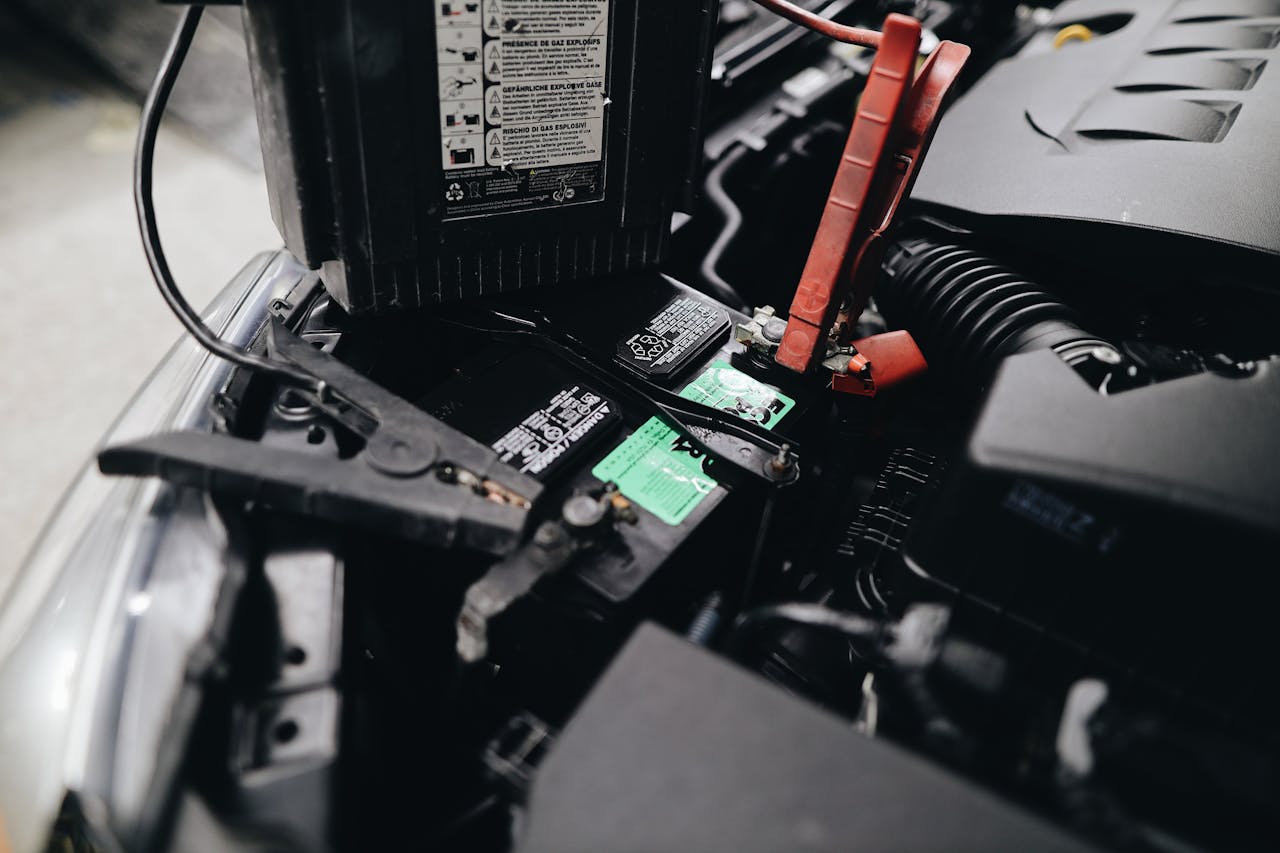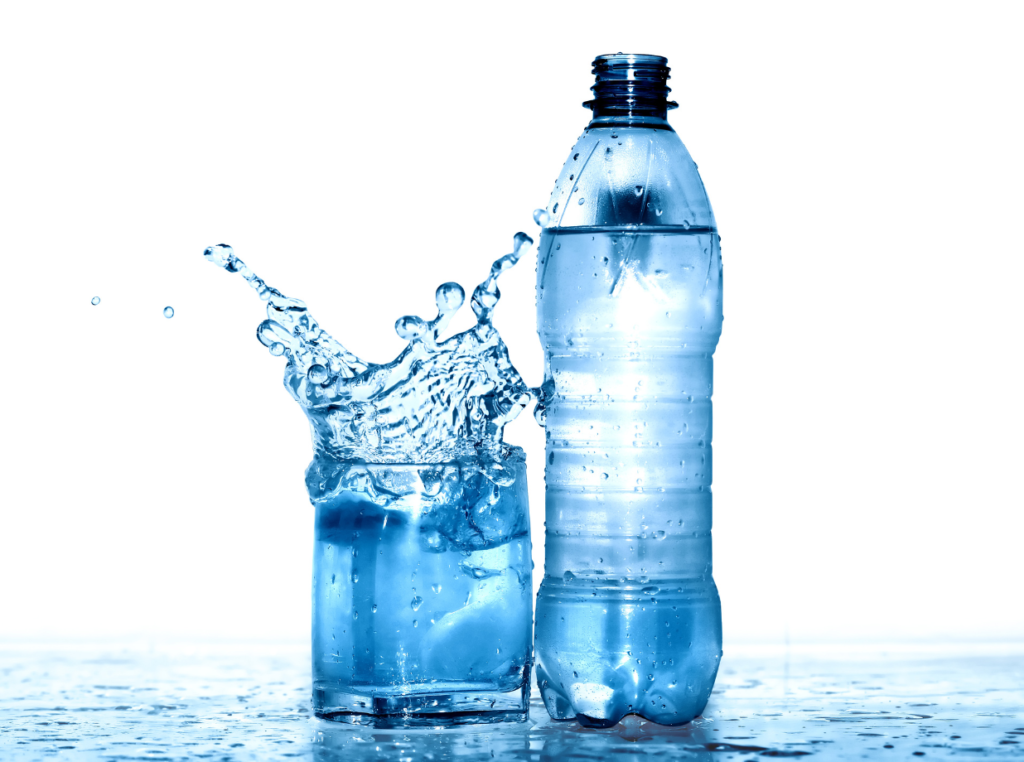Adding distilled water to your battery is crucial for maintaining its performance and longevity. Distilled water helps to replenish the electrolyte levels in the battery, which is essential for the chemical reactions that generate power. Without enough electrolyte, the battery’s ability to hold and deliver a charge will be compromised, leading to decreased performance and potentially causing the battery to fail prematurely.
Furthermore, using distilled water is important because it does not contain any impurities or minerals that can interfere with the chemical processes inside the battery. Tap water, for example, contains minerals and other contaminants that can cause build-up on the battery plates, reducing its efficiency and lifespan. By using only distilled water, you can ensure that your battery operates at its optimal level and lasts as long as possible.
Determining the Correct Amount of Distilled Water to Add
It’s important to add the correct amount of distilled water to your battery to ensure that it functions properly. The level of electrolyte in the battery should be maintained between the minimum and maximum markers on the battery casing. When adding distilled water, it’s crucial to only fill the battery to the maximum level indicated, as overfilling can lead to electrolyte spillage and potential damage to the battery.
To determine the correct amount of distilled water to add, it’s essential to check the battery’s electrolyte levels regularly. This can be done by removing the caps on the top of the battery and visually inspecting the electrolyte level. If it is below the minimum marker, distilled water should be added until it reaches the maximum level. It’s important to note that overfilling the battery with distilled water can dilute the electrolyte, affecting its ability to conduct electricity, so it’s crucial to add only as much as needed.
Steps for Adding Distilled Water to Your Battery
Adding distilled water to your battery is a relatively simple process, but it’s important to follow the correct steps to ensure that it is done safely and effectively. First, it’s crucial to wear protective gloves and goggles to prevent any contact with the battery acid. Next, remove the caps from the top of the battery and use a flashlight to visually inspect the electrolyte levels. If they are below the minimum marker, carefully pour distilled water into each cell until it reaches the maximum level indicated.
After adding distilled water, it’s important to securely reseal the caps on the battery to prevent any leaks or spills. It’s also a good idea to clean any spills or drips with a damp cloth to prevent corrosion on the battery terminals. Finally, it’s crucial to dispose of any used distilled water properly, as it may contain traces of battery acid and should not be poured down the drain.
How Often Should You Check and Add Distilled Water to Your Battery?
It’s important to check and add distilled water to your battery regularly to ensure that it continues to function properly. The frequency at which you should check and add distilled water depends on several factors, including the climate in which you live and how often you use your vehicle. In general, it’s a good idea to check your battery’s electrolyte levels at least once a month, especially during hot weather when water evaporation is more likely.
If you notice that the electrolyte levels are consistently low, it may be necessary to check more frequently or consider having your battery tested for potential issues. Additionally, if you use your vehicle infrequently or store it for long periods, it’s important to check and add distilled water as needed to prevent the battery from becoming depleted.
Common Mistakes to Avoid When Adding Distilled Water to Your Battery
When adding distilled water to your battery, there are several common mistakes that should be avoided to prevent damage and ensure proper functioning. One common mistake is using tap water instead of distilled water, which can introduce impurities and minerals into the battery that can cause build-up and reduce its efficiency. It’s crucial to only use distilled water when adding water to your battery.
Another common mistake is overfilling the battery with distilled water, which can dilute the electrolyte and affect its ability to conduct electricity. It’s important to only add enough distilled water to reach the maximum level indicated on the battery casing and avoid overfilling. Additionally, it’s crucial to wear protective gear such as gloves and goggles when adding distilled water to prevent any contact with battery acid.
Signs That Your Battery Needs More Distilled Water
There are several signs that indicate your battery may need more distilled water, including decreased performance and difficulty starting your vehicle. If you notice that your vehicle is slow to start or requires multiple attempts before turning over, it may be a sign that your battery is low on electrolyte and needs more distilled water.
Another sign that your battery needs more distilled water is if you notice corrosion on the battery terminals or around the caps. This can indicate that the electrolyte levels are low and need to be replenished with distilled water. Additionally, if you notice that your vehicle’s lights are dimmer than usual or that electrical components are not functioning properly, it may be a sign that your battery needs attention.
Tips for Maintaining a Healthy Battery with Distilled Water
In addition to regularly checking and adding distilled water to your battery, there are several tips for maintaining a healthy battery and extending its lifespan. One tip is to keep your battery clean and free of corrosion by regularly cleaning the terminals with a mixture of baking soda and water. This can help prevent build-up and ensure that your battery operates at its optimal level.
Another tip is to avoid overcharging your battery, as this can lead to excessive evaporation of electrolyte and reduce its lifespan. It’s important to use a charger with an automatic shut-off feature or monitor charging times closely to prevent overcharging. Additionally, it’s crucial to store your vehicle in a cool, dry place when not in use, as extreme temperatures can affect the performance of your battery.
In conclusion, adding distilled water to your battery is essential for maintaining its performance and longevity. By following the correct steps for adding distilled water and avoiding common mistakes, you can ensure that your battery operates at its optimal level and lasts as long as possible. Regularly checking and adding distilled water as needed, as well as following tips for maintaining a healthy battery, can help prevent premature failure and ensure that your vehicle starts reliably every time.



